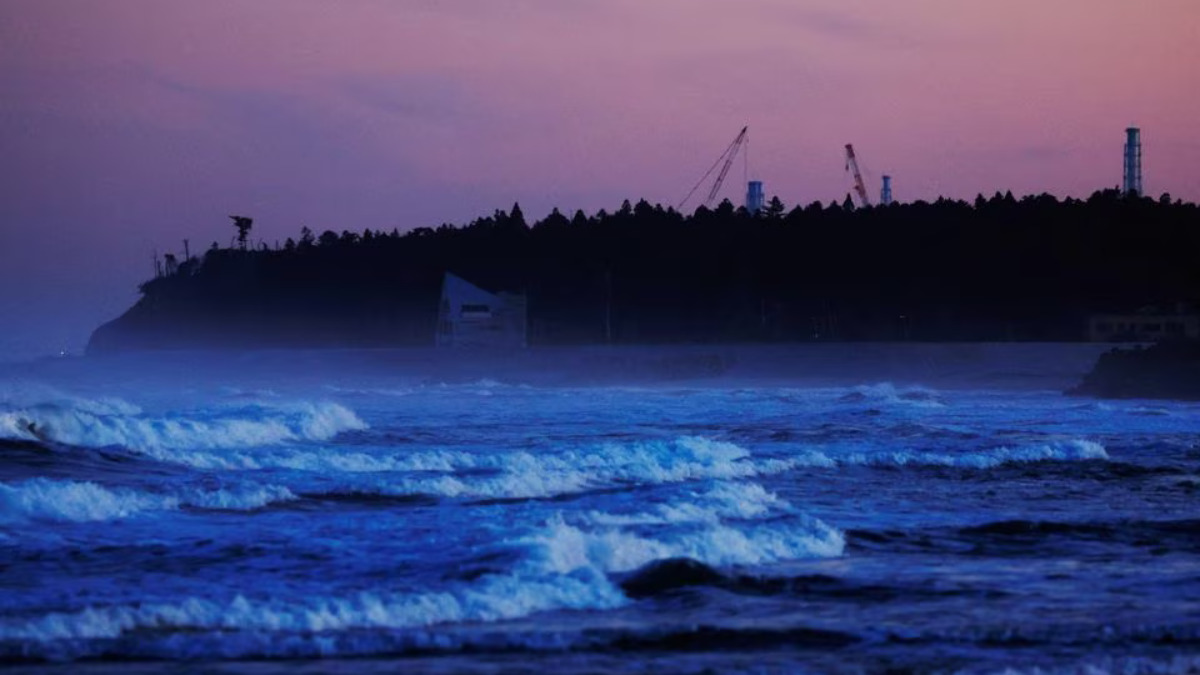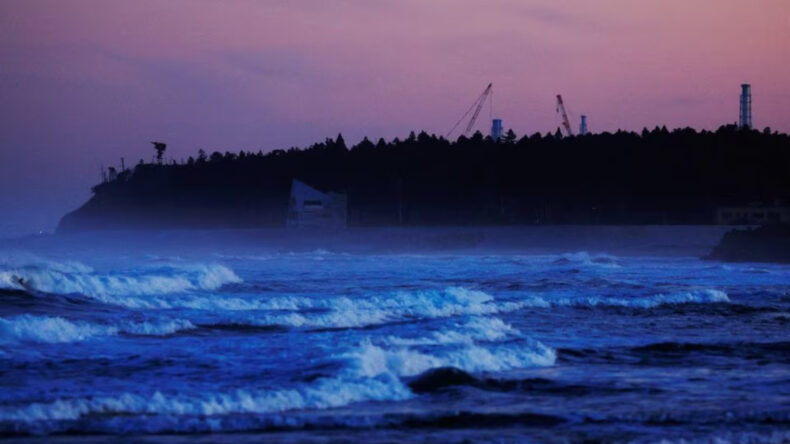Japan is scheduled to commence the release of over a million tonnes of treated water from the Fukushima Daiichi nuclear power plant, which was damaged, in the upcoming summer. This operation is expected to span several decades before its completion.

After being contaminated through contact with fuel rods at the reactor, the water was distilled. Currently, the site contains tanks holding approximately 1.3 million tonnes of radioactive water, equivalent to the capacity of 500 Olympic-sized swimming pools. These fuel rods were damaged in a 2011 earthquake, causing the contamination.
Tepco, the operator of the Fukushima Daiichi nuclear power plant, has been employing filtration methods to eliminate isotopes from the contaminated water, retaining only tritium, a challenging radioactive hydrogen isotope to separate from water. Tepco intends to dilute the water until the levels of tritium are below the limits set by regulations before proceeding to release it into the ocean from the coastal location.
The discharge of water containing tritium is a common practice in nuclear plants worldwide, and regulatory bodies endorse the approach for handling the water from Fukushima.
Tritium is generally considered to pose minimal harm as its energy emissions are insufficient to penetrate human skin. However, according to a 2014 article in Scientific American, ingestion of tritium can increase the risk of cancer.
The disposal of the water will be an extended process lasting several decades, involving continuous filtering and dilution. This will occur simultaneously with the planned decommissioning of the Fukushima Daiichi plant.
Tepco, in collaboration with fishing communities and other stakeholders, has been actively involved in initiatives to mitigate reputational damage to agricultural, fishery, and forest products from the Fukushima area. They are promoting these products in stores and restaurants.
For several years, fishing unions in Fukushima have been urging the government not to release the water, as they believe it would undermine the progress made in restoring the reputation of their fisheries.
Concerns have also been expressed by neighboring countries, with China being the most vocal. China has criticized Japan’s plan, considering it irresponsible, unpopular, and a unilateral decision.
U.N. verdict for Fukushima water release
Japan is anticipated to receive a final report from a United Nations (U.N.) watchdog, which is highly likely to endorse a proposal for the tsunami-damaged Fukushima plant to discharge radioactive water into the ocean gradually over a span of 30 to 40 years.
Starting on Tuesday, Rafael Grossi, the Director-General of the International Atomic Energy Agency (IAEA), embarks on a four-day visit to Japan. During his visit, he is scheduled to meet with Prime Minister Fumio Kishida and present the findings of the IAEA‘s two-year safety review.
The government’s 2021 plan has faced strong opposition from certain neighboring countries, notably China, who have criticized it as “irresponsible and unpopular.” They express concerns about the potential risks posed to food and ecological safety as a result of the plan.
On Tuesday, Beijing reiterated its protest through its embassy in Japan, emphasizing that the report from the IAEA should not be considered as a green light for the water release. China called for the suspension of Japan’s plan. Japan’s foreign ministry has stated that it has made multiple efforts to explain the scientific basis of its decision to Beijing officials, but their offers were disregarded.
Local fishing communities in Japan are concerned about the potential damage to their reputation and the further loss of business.
Nuclear power plants worldwide routinely discharge wastewater containing tritium at higher concentrations than TEPCO’s treated water.
South Korean consumers have been hoarding sea salt in anticipation of the release, while China’s foreign ministry strongly criticized the plan on Monday, emphasizing that the IAEA should not approve it.













